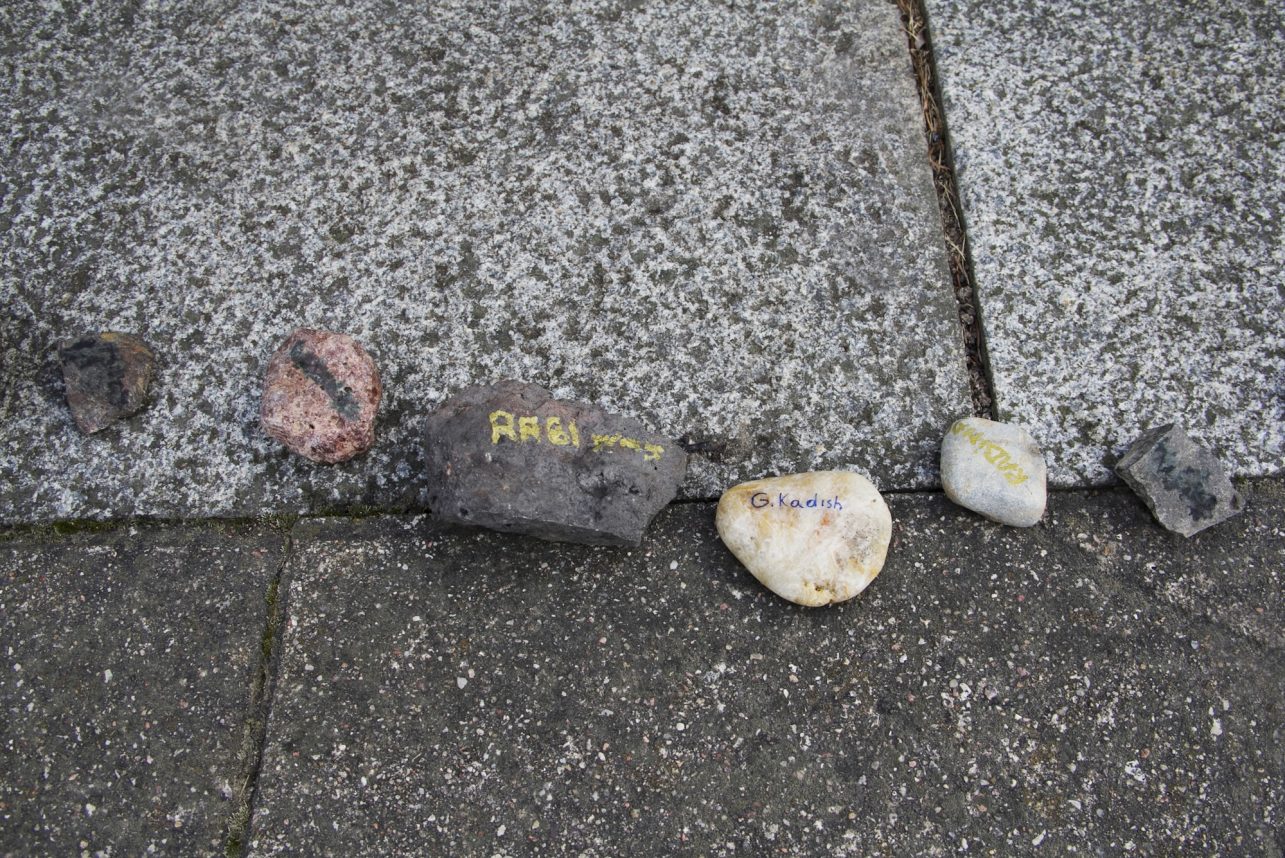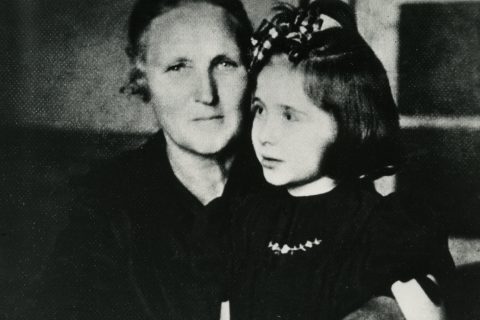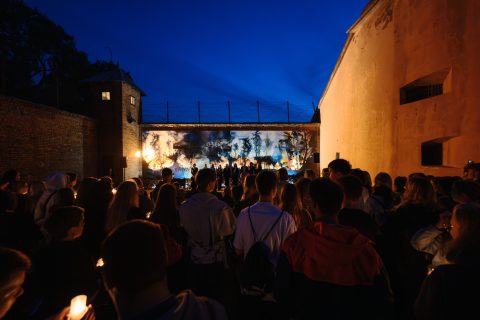September 23 is the Day of the Genocide of Lithuanian Jews. This day was not chosen accidentally. On September 23, 1943, Vilnius Ghetto was finally liquidated. It was one of the largest Jewish ghettos in Lithuania. It is estimated that over 40,000 people were forcibly inhabited there in September 1941. However, in Vilnius as well as in Kaunas and all other parts of Lithuania, shots did not stop since the beginning of the Nazi occupation, and by the end of 1941, it was estimated that only half of the original population remained in Vilnius Ghetto.
Like other ghettos, at the end of 1941, Vilnius Ghetto was considered “cleansed:” only those who could work, i.e. could “justify their existence” and their families were left here. The ghetto itself, therefore, fell into a period of stagnation. All ghetto life was regulated according to areas: labour, health, welfare, food and housing departments, police, court, post office, schools, hospital, bathhouses, bakeries, etc., were all responsible for the rules.
However, unlike other ghettos in Lithuania or even in Europe, Vilnius Ghetto had a solid cultural life. There were four schools and even a music school with 11 teachers and over 100 ghetto children. The ghetto had a theatre and a sports ground, about which Grigorijus Šuras wrote in his notes in Vilnius Chronicle 1941-1943: When you saw it, you couldn’t believe your eyes and wanted to scream: “What is this, a dream or reality?” When you see such a paradoxical image, you want to rejoice and cry. Perhaps those who live as if there was no nightmare are right <…>. There was also a library in the ghetto, which deserves its own detailed account. In the ghetto library, one could meet the Righteous Among the Nations, Ona Šimaitė. Perhaps we can make this personality a little closer to Kaunas by mentioning that Ona Šimaitė lived in Kaunas for a while before the war: in 1924 she entered the University of Lithuania (Vytautas Magnus University from 1930) and then worked in the libraries of Abelis Balošeris, the Lithuanian Children’s Society and Vytautas Magnus University. In 1939, Ona moved to Vilnius. It is Ona Šimaitė who should be thanked for preserving the notes of Grigorijus Šuras. She brought him the notebooks to the ghetto that he wrote in secretly and hid them in the floor of Vilnius Library. As a result, even when she was arrested and sent to Stutthof, the written testimony remained safely hidden for future generations.

In addition, the library had a different educational function: the Jewish underground United Partisans Organisation gathered here. The aim of the organisation was to resist the Nazis by force of arms if necessary and to undermine them in every possible way. The library became their refuge: in the basement, the members of the organisation learnt how to use weapons, and in the reading room, they planned their combat activities. It is true that these actions took place on September 1, 1943, but they ended in failure. Grigorijus Šuras recalls how at five o’clock in the morning on that day the Gestapo demanded 1,000 healthy men, but when the local authorities failed to collect them, they set to work themselves: Even before the general action was launched the young men and women belonging to the organisation that had decided to defend themselves with guns were brought. They had probably been betrayed by the provocateurs. These people were brought in and beaten horribly, trying to find out the names of accomplices and all the details of the conspiracy. Some were even brought back to the ghetto in order to show where the weapons were kept. Once all these young people had been arrested, a general manhunt began.
And we won’t take my books? They won’t let us read there?
Vilnius Ghetto existed for two years. The events on September 1, 1943 were the prelude to the liquidation of the ghetto: On September 5, Vilnius Ghetto was declared closed, i.e. no one could enter or leave it. A poster proclaiming “Vilnius is free of Jews” was put up at Vilnius station. Indeed, not a single Jew appeared on the streets of the city, wrote Grigorijus Šuras. On September 14, Gestapo chief Rudolf Noigebauer shot the head of Vilnius Ghetto, Jakob Gens. On September 23, the ghetto was completely liquidated. Maša Rolnikaitė in her documentary short story “I Have to Tell You” recalls this day as follows: Kitelis ordered a loudspeaker to be brought in and read an order from the Gestapo chief that the Jews of Vilnius Ghetto, who had been settled here two years earlier, were to be evacuated to two labour camps, one in Estonia and the other here in Lithuania, near Šiauliai. The evacuation must take place within one day. When the ghetto was liquidated, men were separated from women. They were taken to concentration camps in Estonia and Germany. Women who looked healthy and could work were also separated. They were taken to the Kaiserwald concentration camp in Latvia. Among them was Moša Roldnikaitė. Recalling the liquidation of the ghetto, Moša wrote the following: Mum tells the children to get out things from their briefcases as she will put some underwear for each of them.
“And we won’t take my books? – asks the brother fearfully. – They won’t let us read there?”
“You will be able to read in freedom, child,” his mother comforts him.
During the liquidation of Vilnius Ghetto, Moša lost her younger brother and sister and her mother. The adults and children who were deemed unfit were deported to Auschwitz-Birkenau concentration camp and some were shot in Paneriai. A couple of thousands Jews were left in Vilnius to work in Kailiai forced labour camp and elsewhere. However, their lives were prolonged by only a year, until the beginning of July 1944, when they were shot in Paneriai.
The liquidation of Vilnius Jewish Ghetto was no secret to Kaunas residents. Even more than 80 years ago, news spread quickly by word of mouth. The fate of friends, relatives, acquaintances and even complete strangers was also discussed in Kaunas Jewish Ghetto, which was reorganised into a concentration camp at that time. The reorganisation made life in the ghetto even more complicated, and the news from the capital only reinforced the premonition of imminent death. However, Kaunas Ghetto existed for a little longer, until July 15, 1944.
Kaunas Ninth Fort Museum Museologist Greta Ščeliokaitė




